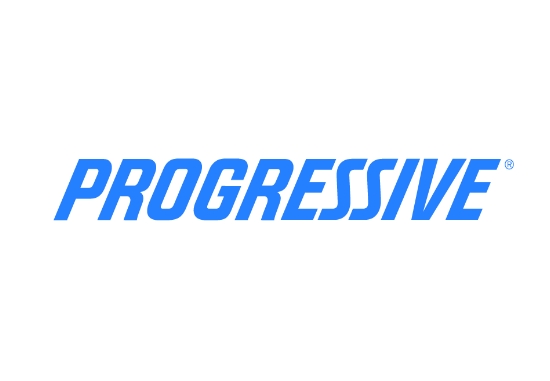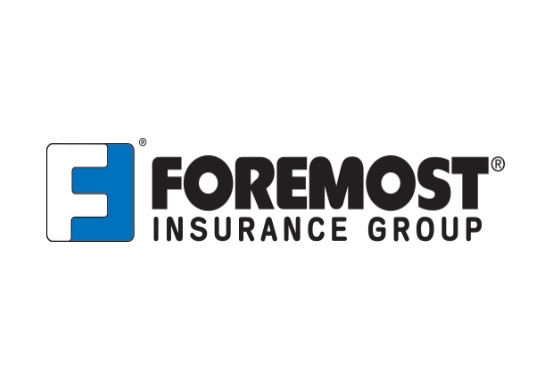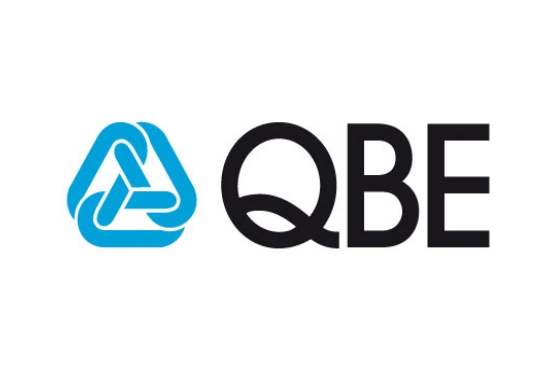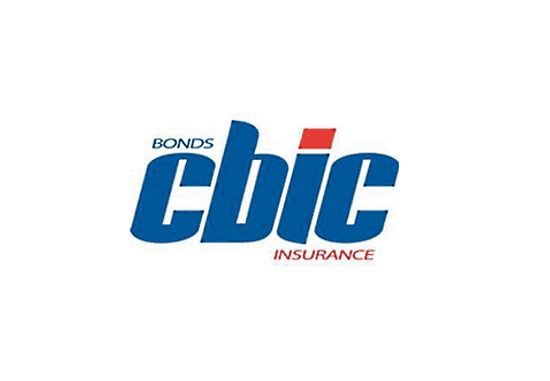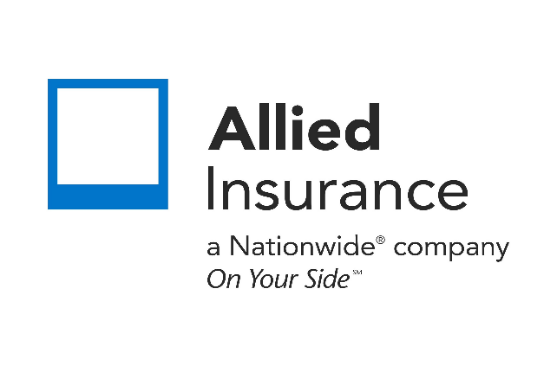How does coinsurance work?
Coinsurance is a provision in many insurance policies, including health insurance and property insurance, that requires the policyholder to share a percentage of the costs of covered services or losses with the insurance company. It’s important to understand how coinsurance works to ensure you are aware of your financial responsibility in the event of a claim.
Here’s an explanation of how coinsurance typically operates:
Coverage and Deductibles:
- Your insurance policy will specify the extent of coverage it provides, including any deductibles. A deductible is the initial amount you must pay out of pocket before the insurance coverage begins.
- Your insurance policy will specify the extent of coverage it provides, including any deductibles. A deductible is the initial amount you must pay out of pocket before the insurance coverage begins.
Coinsurance Percentage:
- After you’ve met the deductible, coinsurance comes into play. Coinsurance is usually expressed as a percentage. For example, a common coinsurance percentage in health insurance is 20%, which means you’ll be responsible for 20% of covered expenses.
- After you’ve met the deductible, coinsurance comes into play. Coinsurance is usually expressed as a percentage. For example, a common coinsurance percentage in health insurance is 20%, which means you’ll be responsible for 20% of covered expenses.
Insurance Company’s Share:
- The insurance company covers the remaining percentage of the costs, which is typically 80% in the example mentioned above. This is the part of the expenses that the insurance company pays once your deductible is met.
- The insurance company covers the remaining percentage of the costs, which is typically 80% in the example mentioned above. This is the part of the expenses that the insurance company pays once your deductible is met.
Out-of-Pocket Maximum:
- Many insurance policies, especially health insurance, have an out-of-pocket maximum. This is the maximum amount you’ll have to pay for covered services during a policy period. Once you reach this limit, the insurance company typically covers 100% of the costs for covered services.
- Many insurance policies, especially health insurance, have an out-of-pocket maximum. This is the maximum amount you’ll have to pay for covered services during a policy period. Once you reach this limit, the insurance company typically covers 100% of the costs for covered services.
Example – Health Insurance:
- Let’s say you have a health insurance policy with a $1,000 deductible and a 20% coinsurance requirement. If you incur a covered medical expense of $5,000, you would first pay the $1,000 deductible out of pocket. After that, you would be responsible for 20% of the remaining $4,000, which is $800. The insurance company would pay the remaining $3,200.
- Let’s say you have a health insurance policy with a $1,000 deductible and a 20% coinsurance requirement. If you incur a covered medical expense of $5,000, you would first pay the $1,000 deductible out of pocket. After that, you would be responsible for 20% of the remaining $4,000, which is $800. The insurance company would pay the remaining $3,200.
Property Insurance:
- In property insurance, such as homeowners or renters insurance, coinsurance typically applies to the insured value of your property. If your property is insured for less than its actual value (often referred to as underinsured), coinsurance penalties may apply, reducing the amount the insurance company pays out in the event of a claim.
- In property insurance, such as homeowners or renters insurance, coinsurance typically applies to the insured value of your property. If your property is insured for less than its actual value (often referred to as underinsured), coinsurance penalties may apply, reducing the amount the insurance company pays out in the event of a claim.
Preventive Care and In-Network Services:
- Some insurance policies, especially health insurance, may cover certain preventive care services or in-network services at 100% without coinsurance or deductibles. This encourages policyholders to seek preventive care and use preferred healthcare providers.
- Some insurance policies, especially health insurance, may cover certain preventive care services or in-network services at 100% without coinsurance or deductibles. This encourages policyholders to seek preventive care and use preferred healthcare providers.
It’s essential to review your insurance policy carefully to understand the specific terms, conditions, and coinsurance provisions. Coinsurance can vary between policies and insurance providers, so it’s crucial to know your financial responsibility and the limits of your coverage. Additionally, it’s advisable to maintain adequate coverage levels to avoid potential penalties for being underinsured.
We will find the best business insurance tailored to your needs. Read more…
Related Posts
Get a Right Insurance For You
SHARE THIS ARTICLE
We will compare quotes from trusted carriers for you and provide you with the best offer.
Protecting your future with us
Whatever your needs, give us a call, have you been told you can’t insure your risk, been turned down, or simply unhappy with your current insurance? Since 1995 we’ve been providing coverage to our customers, and helping people across United States.

